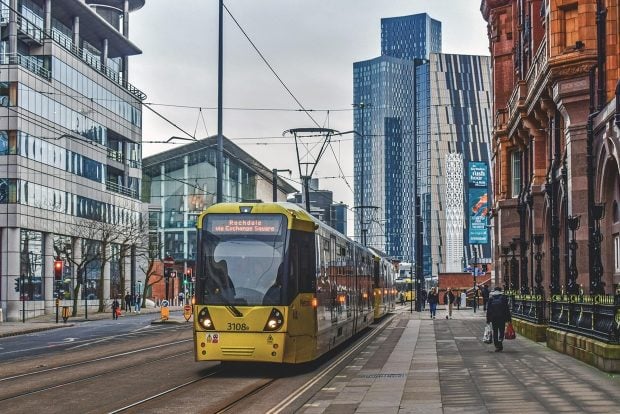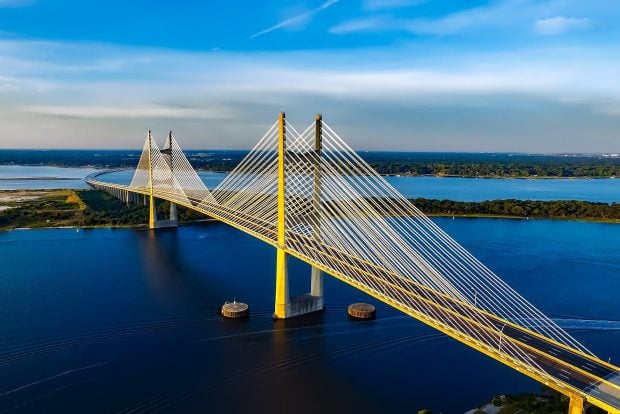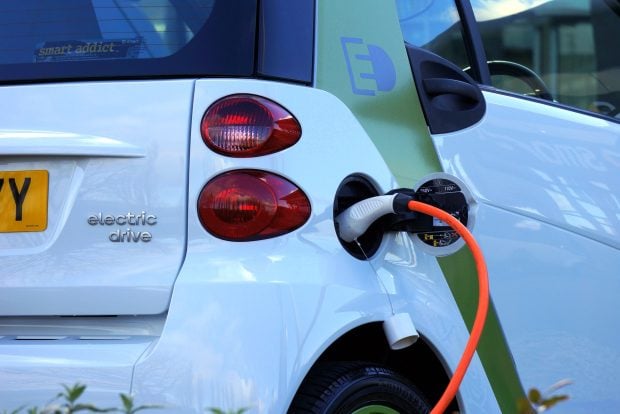India on track to electrify every village by 2018

India’s power ministry has announced that more than 7,000 villages were connected to electric power supplies during the 2015-16 financial year, putting the government on track to achieve prime minister Narendra Modi’s goal of bringing power to every Indian village by May 2018.
Under the ambitious Deenadayal Upadhyaya Gram Jyoti Yojana (DDUGJY) scheme, previously known as Rajiv Gandhi Grameem Vidyutikaran Yojana (RGGVY), the government wants to supply power to the 18,452 un-electrified villages identified in Census 2011. The 2016-17 union budget allocated 85bn Indian Rupees (£895mn) for Modi’s flagship project, topping up an existing fund.
Piyush Goyal, minister of state for power, coal, and renewable energy, expressed confidence the remaining two-thirds of the villages would also be electrified on time.
Under India’s Electricity Act 2003, a village is considered electrified if its public places – such as schools, health centres, and community centres – along with 10% of households are connected to the power supply.
Critics argue that the definition should be tightened in order to bring power to more domestic homes. “It’s high time to revise this definition. You look at how long it takes to change standards and definitions, and it is usually every 10 years. We’re at 12 years since the 2004 guidelines, and they’re definitely due for a change,” Debajit Palit, associate director of the think-tank Energy and Resources Institute, told the news outlet The Wire. However, the government is determined to maintain the current definition as it works to hit its 2018 deadline.
Nonetheless, to make the process more transparent and to enable people to track progress, the power ministry has launched a mobile app, Grameen Vidyutikaran. The ministry has also appointed 309 young representatives, known as Gram Vidyut Abhiyanta, from un-electrified villages to deliver data for the app. “I am going to turn everything into an app, and I am going to allow people to monitor daily what work we are doing; what works states are doing,” said Goyal.
Rural electrification has been a persistent challenges for successive governments, with progress hampered by logistical problems, relations with state governments, and infrastructural constraints. But the Indian PM has put has personal weight behind this project, supplying support and funding whilst state governments facilitate last-mile connectivity and maintain the electricity infrastructure.
Goyal chaired a top-level, two-day conference convening the power ministers of all the 29 states and seven union territories in November 2015. The ministers’ summit unanimously decided that the entire population would benefit from a 24/7 power supply by 2019, and made a set of pledges designed to boost power generation – including a promise to clear all public debts to power-generating companies. The states with the greatest potential for wind power generation were identified, and asked to set up special mechanisms to boost progress on building wind power infrastructure.
For up to date government news and international best practice follow us on Twitter @globegov
See also:
Top Indian educationalist urges focus on universities, power supplies and high-tech manufacturing
Indian law links 1bn-strong ID database to benefits claims
India’s banking scheme draws in 200m new customers
Satellite night signal project could help India’s government spread electricity
Australia’s chief scientist calls for increased investment in renewable energy
World Bank appoints first female country director in Philippines





















